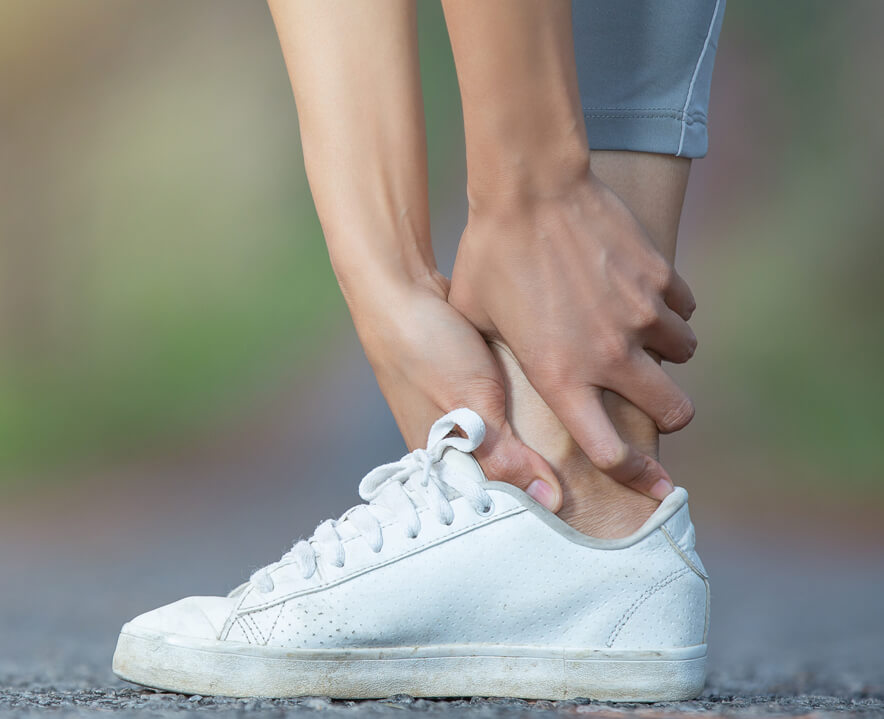Types of Injuries
-
Sprains are results of overstretching or torn ligaments. The tissue connecting two bones
to form a joint is called a ligament.
-
Strains are the outcome of overstretched or torn muscles or tendons, the fibrous, thick
tissue that helps connecting bone to muscle.
-
Knee Injuries interferes and disrupts how the knee moves that could be a sports injury or
otherwise. Ir could for any of the reasons from overstretching or a muscle or tissue tear in
the knee.
-
Achilles tendon rupture is a powerful, significant, thin tendon that’s present at
the back of the ankle. This could break or rupture during a game making it difficult for the
person to walk and causing sudden unbearable pain.
-
Swollen Muscles are usually painful and weak and are a reaction to an injury or internal
issue.
-
Dislocations are situations where a bone is dispositioned from its original position due
to a sports injury. In such a situation, doe to aggressive force or pressure, the bone is
pushed out of the socket leading to immense pain, swelling and weakness.
-
Fractures are broken bones that cause immense pain and could completely disrupt any
further movement.
-
Rotator cuff injury is a tear in any of the four muscles that work together to form a
rotator cuff. The tear in the muscle weakens the rotator cuff and makes shoulder movement in
all directions difficult.
Diagnosis
Most of the sports injuries have immediate discomfort or pain. Except for over-exertion injuries
which cause long term damage and are detected by routine checkups usually, the normal diagnosis
involves:
-
Medical history is a classic technique used by doctors to evaluate the kind of injury. The
procedure involves questions on how the injury happened, the activity that leads to the
injury, what has been done with the injury since it happened, etc. For first time visits,
the doctor’s make even more detailed queries.
-
Physical examination is a prima facie examination by moving the joint or body part to see
how painlessly and smoothly the area is moving.
-
Imaging tests like CT scans, X-rays, MRI’s and ultrasounds help the motors and other
health care experts look inside the body. This facilitates a better evaluation of the injury
and its diagnosis.
Sports Injury Treatment
The most common form of a treatment regime for sports injury is RICE:
Rest-Ice-Compression-Elevation. This is for mild injuries wherein the RICE method is followed
24-36 hours after injury to reduce swelling, pain and bruising in the early days.
However, when the injury feels or looks severe a doctors consultation is urgent and unavoidable.
Some symptoms that make a doctor visit mandatory are:
-
Lumps, bumps or other deformities
-
Severe swelling and pain
-
Weakness or inability to put pressure on joint
-
Instability
-
Crunching sound while moving the joint. Or when experiencing dizziness, fever or difficult
breathing after the injury.
Blue bliss hospital has the most dependable team of medical professionals with a vivid history
of treating and curing sports injuries with different level and varieties of criticality. The
team conducts in a patient-centric approach so that injuries are minutely observed and treating
while safeguarding the future fitness of the patients. Our doctors depend on their skill,
experience and compassion to heal patients of their casual or critical injuries with the focus
of getting them back on the field, fit and fine!
